HOW MANY CHICKENS ARE IN THE WORLD?
Domestic chickens are the most common bird species in the world, numbering over 33 billion. Unfortunately, the most common birds on earth are also the most abused. The chicken is "set to play an epoch-defining role for humanity," according to a report in The Guardian. This is because billions of chickens’ bones, and eventually fossils, will become the global physical evidence that represents a new geological age: the Anthropocene, or the era in which humans dominated the planet.
How many chickens are in the world?
In 2020, according to data from the Food and Agriculture Organization of the United Nations (FAO), the global chicken population was over 33 billion. (Note that this number represents chickens alive at any given time; not the total number of chickens raised for food that year—which is even higher.) The global chicken population has dramatically increased from 1990, when chickens numbered 10.62 million. So why has the global number of chickens increased so drastically? To understand why the world’s chicken population has skyrocketed, it’s important to understand the difference between broiler chickens and egg-laying hens. In the 1920s, farmers raised chickens just for their eggs, slaughtering chickens for meat when they became too old for laying. That was the case until Cecile Steele came along. A farmer living in Delaware, Steele received a delivery of 500 baby chicks one day instead of the 50 she had ordered. She decided to raise the chickens specifically for meat. Today, Steele is credited with starting the modern “broiler industry,” or the practice of raising chickens just for their meat.
After World War II, when factory farming became popular, people started selecting breeding chickens to produce either meat or eggs, making the process of growing hens even more efficient. Modern "broiler chickens" are intentionally developed to grow extremely large, very rapidly. There are also "layer hens," who are designed to lay a lot more eggs than they would ordinarily. The most common type of meat grown worldwide is now chicken due to these mechanized, highly effective agricultural techniques. However, the cost of having access to these inexpensive hens and eggs is high. Our planet's well-being, the security of industry employees, and the horrific misery of billions of animals are all at a cost to us.
Where are chickens mostly found in the world?
China, the top producer of eggs worldwide, is home to the majority of the world's chickens. Indonesia, Pakistan, Brazil, and the United States—the top producer of broiler chickens worldwide—come next. The great majority of these hens are being raised on factory farms, a contemporary industrial technique. These establishments, sometimes called "confined animal feeding operations," are built to produce a large number of animals quickly and for a high profit. Understanding the actual global population of chickens is challenging due to the varying lifespans that broiler chickens and egg-laying hens have on industrial farms. When we mention "population," we are referring to the total number of creatures that are present at any particular moment. In contrast to the overall number of chickens grown and killed each year, this refers to the number of living egg-laying hens and broiler chickens.
How many chickens are killed a day in the world?
In 2018, factory farms around the world slaughtered 68,795,221,000 broiler chickens for their meat. On average, this comes out to 188,480,057 chickens every single day. That’s almost two hundred million animals who were bred for human consumption, spent their lives suffering, and were killed at just a few weeks old. It's high time we began treating these lovely animals with the dignity, respect, and care that they so well deserve. Fortunately, there is a rising global effort to put an end to the worst treatment of hens, such as live-shackle killing and excessive confinement. Add your voice right away if the mistreatment promoted by the industrial farming sector horrifies you. We can make the world for hens better by working together.




